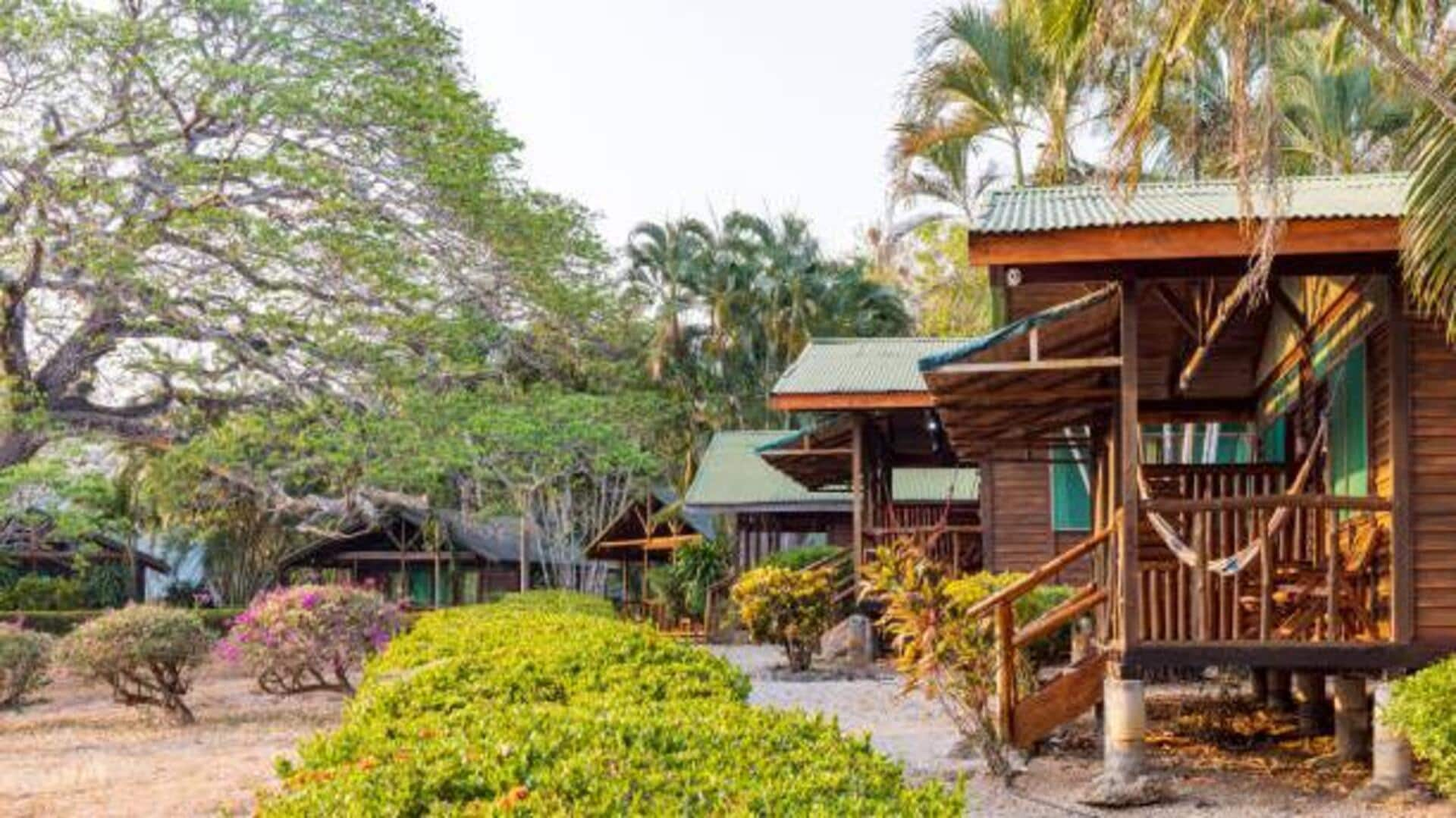
How Central Australia is redefining sustainable travel
What's the story
Famous for its rugged landscapes and serene beauty, Central Australia makes an ideal destination for eco-conscious travelers. It is home to eco-lodges that guarantee sustainable stays in the outback. These lodges not only minimize environmental impact but also ensure the utmost comfort in the midst of stunning scenery. Here's taking a look at some remarkable eco-lodges for an unforgettable experience.
#1
Lodge with solar-powered amenities
One of the most famous eco-lodges in Central Australia runs entirely on solar power. The lodge has installed solar panels that generate electricity for lighting, heating water, and running appliances. Harnessing renewable energy, the lodge cuts its carbon footprint by a great margin, all while ensuring guests get to enjoy modern comforts. The solar-powered experience not just promotes sustainability, but also raises awareness about renewable energy solutions.
#2
Rainwater harvesting systems
Another eco-lodge is notable for its innovative rainwater harvesting system. The system collects rainwater from rooftops and stores it for irrigation, sanitation purposes, etc., within the lodge premises. By using harvested rainwater, this lodge minimizes dependence on local water supplies and encourages efficient water management practices. Guests can appreciate how this contributes to conserving precious resources in an arid environment like Central Australia.
#3
Locally sourced materials for construction
A unique aspect of some eco-lodges is that they are made with local materials. These lodges are constructed with stone or timber sourced nearby to minimize transportation emissions from sourcing building materials from far away from the site itself. This not only boosts local economies but also makes sure that the structures blend seamlessly into their natural surroundings without disturbing existing ecosystems around them.
#4
Native plant landscaping initiatives
A lot of lodges have adopted native plant landscaping initiatives, as part of their sustainability efforts. Using indigenous flora in gardens around accommodation areas, these properties contribute toward habitat creation to help wildlife conservation efforts. They also look pretty with colors and textures all year round. Native plants need less maintenance than non-natives, as they're adapted to the region's harsh climatic conditions.